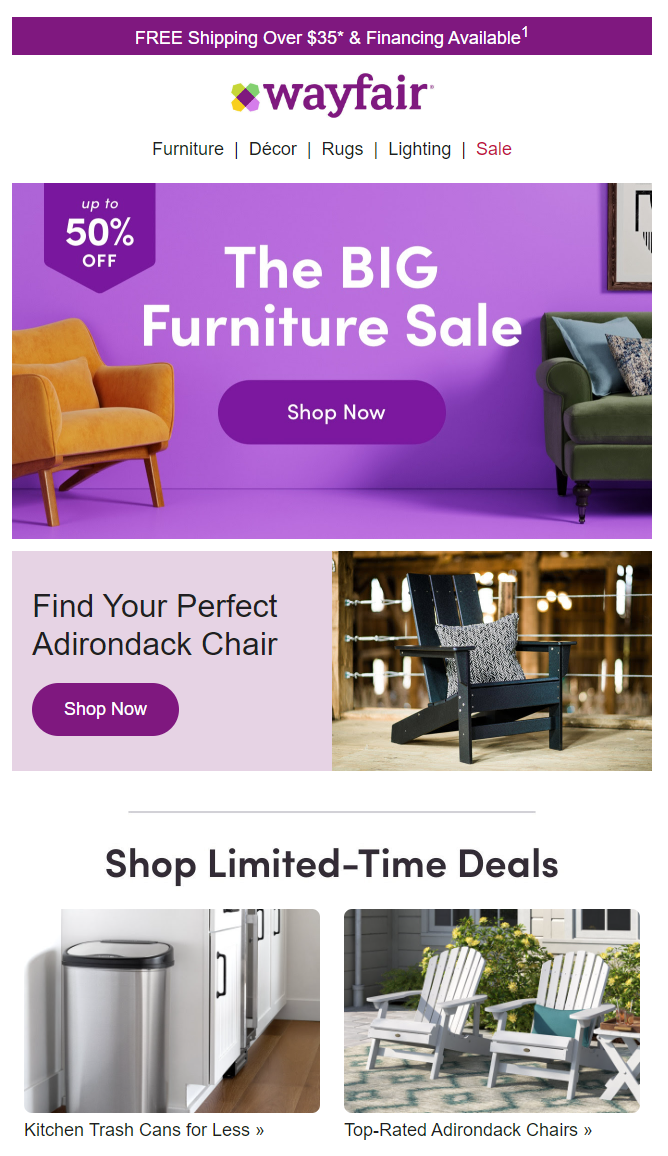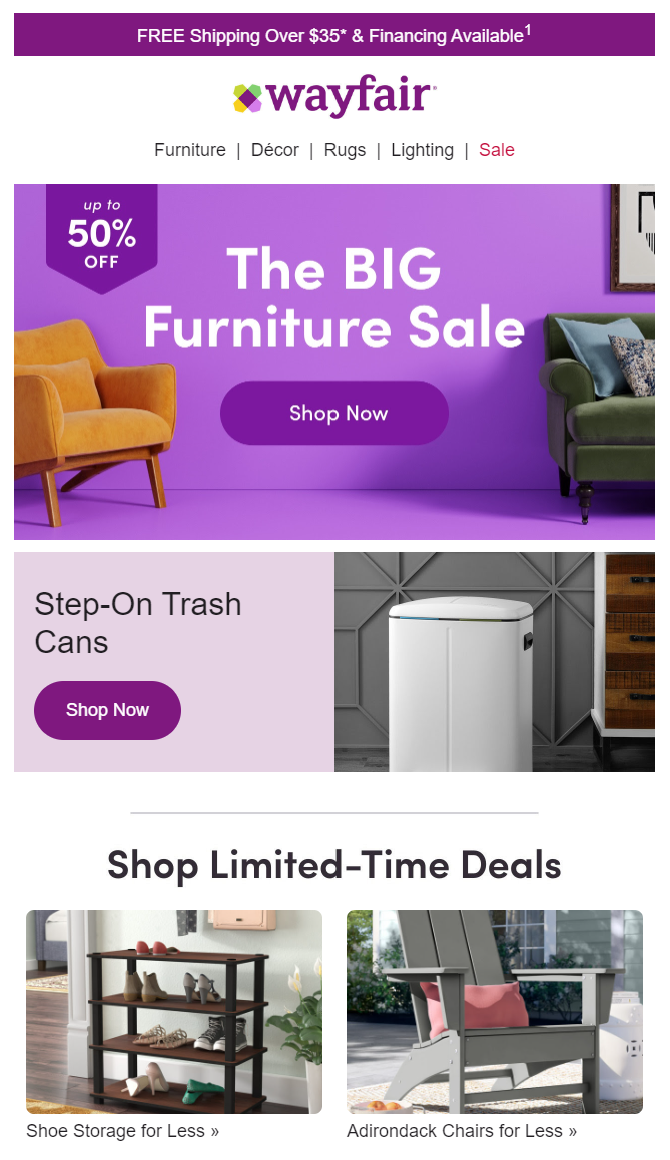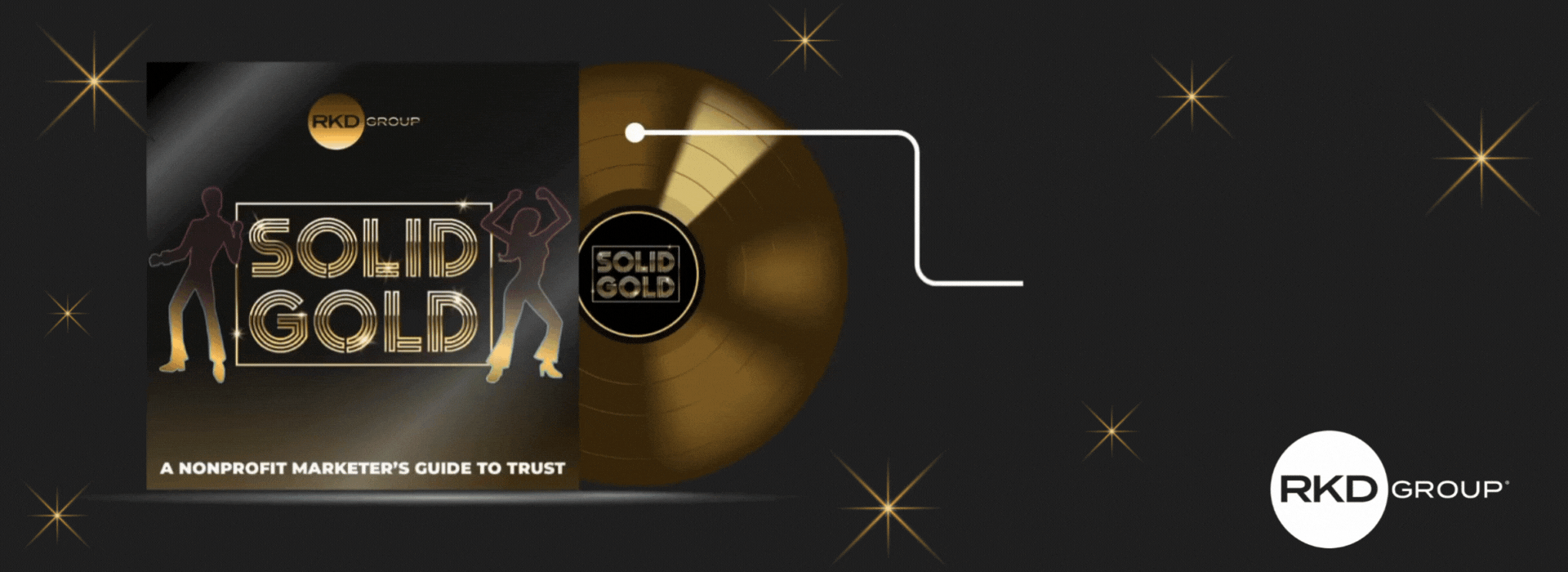Email inboxes are noisier than ever. In 2024, a projected 361.6 billion emails will be sent and received ... per day. The average inbox, and you probably see this firsthand, receives 120 emails per day.
That’s a lot of noise.
Email still has a lot of value. We just need to be more efficient with our sends and impactful with our content.
Because of this, it’s important that you spend some time at the start of the year doing some email housekeeping. In this blog, I’ll review four areas to assess in order to ensure your nonprofit’s emails are breaking through the noise of your donors’ inboxes.
Will your donors see your emails?
You may have already heard about Google and Yahoo’s new email marketing requirements. If you haven’t, they go into effect in February. And failure to comply could result in your emails going to your donors’ spam folders.
Here’s a quick recap of the new requirements:
- Emailers who send more than 5,000 messages per day to Gmail users must offer a one-click unsubscribe button in their messages. Your email marketing platform will address this.
- Organizations will need to authenticate their email address, configuring their systems so they prove they own their domain name and aren’t spoofing IP addresses.
- Email deliverability to Gmail and Yahoo accounts will be affected if authentication is not performed.
If you’re seeing “Unverified” show up in your inbox from your organization’s marketing emails, you’ll want to take action—and quickly! Failing to authenticate your email address will have a big impact on your email program.
For more information and a rundown on how to take action, check out our latest digital update here.
Is your segmentation efficient?
This is a great time to audit your email segmentation. After year-end, many organizations have new donors, sustainers, tribute donors, and other digital audiences. Maybe your event donors or volunteers are highly engaged but aren't taking action in fundraising appeals. Maybe you’ve launched a new program or ran a capital campaign warranting a valuable segment.
How are you talking to these groups? Are you lumping them in with another audience? This might be a sign that your file can handle additional segmentation.
Now, there is such a thing as over-segmentation. Sometimes too much versioning or frequency can clog up email production and reduce results.
We helped a national health organization audit their email segmentation and look for opportunities to be more efficient. By reducing frequency by 4% and versioning by 47%, the organization saw a 7% lift in gifts attributed to email marketing.
In this case, a less-is-more approach produced better results.
Moral of the story: Start small. Embrace testing at scale with clear strategic and tactical goals. Slowly add in new email segments to see how it impacts your performance.
Is your content valuable?
What kind of value are you presenting to your donors? Is your content relevant to the audience? Will it grab their attention among the sea of commercial offers? Are you just sending an email because you’re also sending a mail piece?
These are all questions to ask yourself as you audit your email content. One way to ensure you’re delivering valuable experiences is through your segmentation strategy.
But another area to consider is how you can incorporate strategies that B2B and B2C organizations use in their programs. I’m not talking about copying their strategy of constant touchpoints and clickbaity subject lines. B2C is notorious for mass blasting with a focus on awareness via volume of touchpoints until your inbox is practically full or you unsubscribe.
What works for them, though, is when they know you and your interests, and use them to build a relationship with you. Take the examples below, both Home Depot and Wayfair are using my recent product category views to help increase my response to purchase.
Home Depot knows I have previously purchased a Whirlpool washer and dryer, so now they’re targeting me with promotions on the Whirlpool kitchen line.
.png?width=393&height=804&name=image%20(54).png)
And these Wayfair emails are a great example of using dynamic content to personalize things like images, subject lines and copy based on my previous web visits.

|

|
Nonprofits can take inspiration from this strategy and look for ways to personalize email content based on a user's interaction with your website. Maybe the visitor has recently viewed your volunteer page or has shown interest in giving to a certain program. By giving them additional content related to their previous interactions with you, you’re much more likely to build a deeper and more thoughtful relationship with them.
Are you testing aggressively enough?
The 80/20 control to variant test is a tried-and-true concept in direct mail ... but we don’t recommend that approach in email.
For some of our clients, if their contact file and email system allow for it, we start testing at 10% increments to 30% of their contacts. Then, we send the better performing email to the remainder of the file.
For other clients, we may even start with something as big as a 50/50 split.
Email is cheap and scalable—it doesn’t take months to plan, build and gather results—which means you can (and should) be aggressive with your testing strategy! Always test and embrace learning. Try testing new layouts, colors, messaging and CTAs among wider audiences to see what breaks through the noise.
But don’t just stop with the content. Other areas to test include:
- Times of day
- Days of the week
- Different times of the month
Bonus tip: Many email platforms have introduced Artificial Intelligence powered tools to help take some of the guess work out of this. Use them to help optimize send times for best click rates based on your specific audience.
Email is a powerful—and nimble—tool to connect with your donors. Be bold, stay efficient, plan smart, keep testing. And by doing a little housekeeping early in the year, you can start the year on the right foot!






Leave a comment: